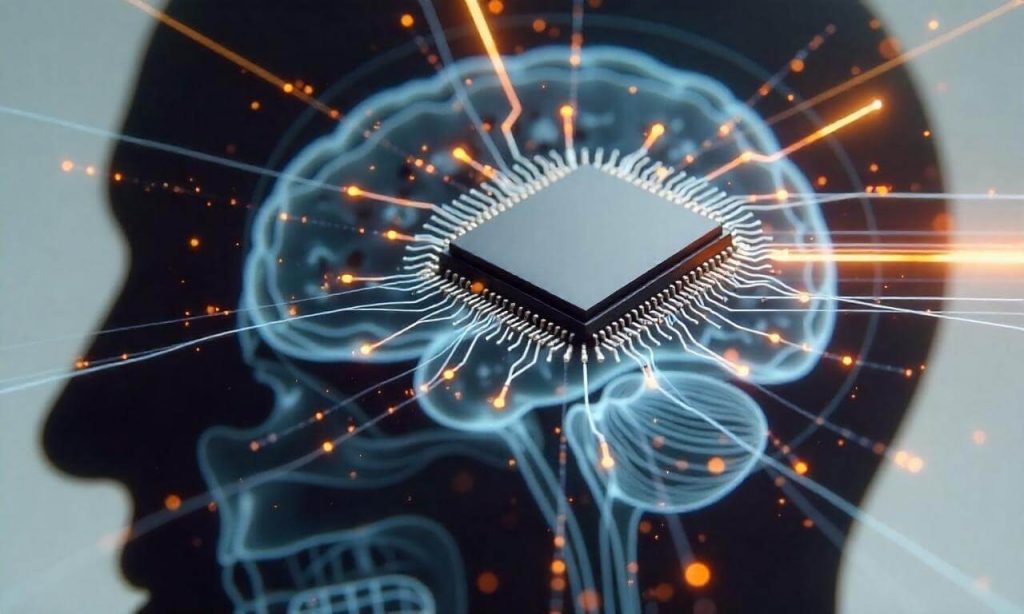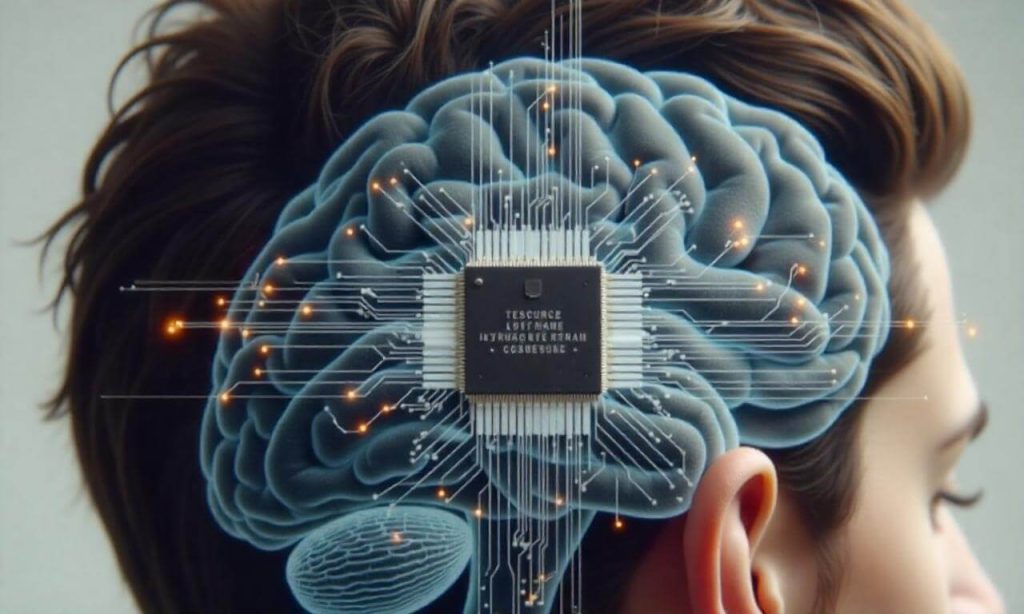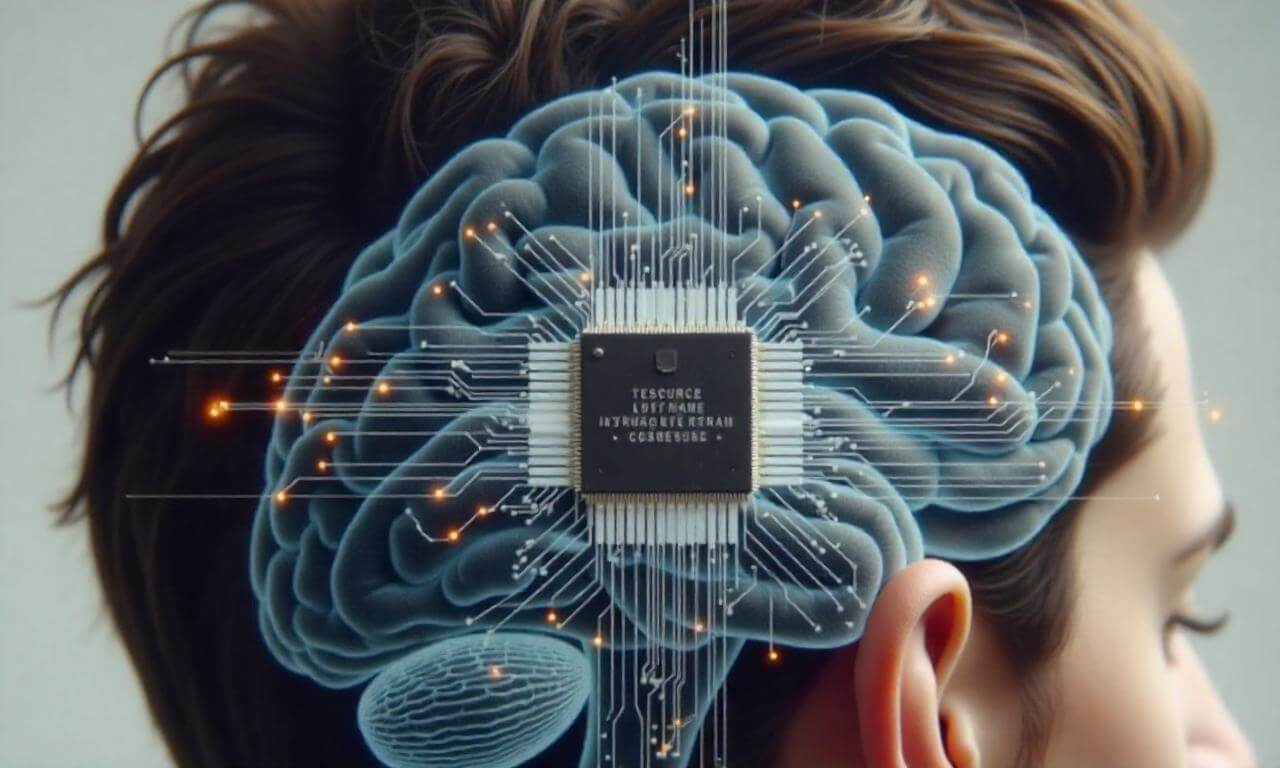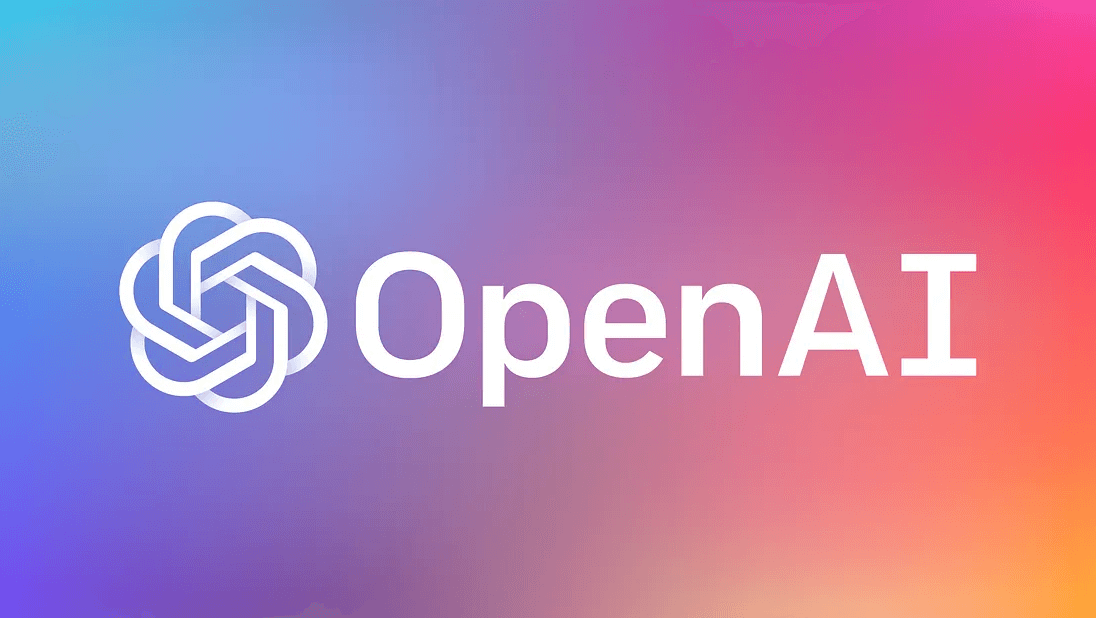Table of Contents
Neuralink, a neurotechnology company developed by billionaire Elon Musk, is one the fastest growing companies in the world. Its ambitious goals of creating and advancing human brain-machine interfaces augmenting the cognitive function of living organisms and revolutionizing the world of neurology easily explain the company’s growth. Bridging the gap between artificial intelligence and the human brain only adds to the vision.
Ten years down the line and the dreams that once seemed black has started to flourish. Neuralink has already conducted animal-based tests and has made groundbreaking advancements in creating advanced brain-computer interfaces. The announcement of having a third human recipient takes the race to a whole new platform, as this marks one of the many milestones endured by Neuralink. This blog aims to cover the newest recipient along with Neuralink’s accomplishments and plans for the future.
1. Neuralink: An Overview
At the start, it is crucial to comprehend the purpose and objective behind the creation of Neuralink. The goal of Neuralink is to create devices that can be implanted into the human brain which will connect the human brain to a computer or any electronic gadget enhancing brain capabilities and to provide better medical solutions for people suffering from neurological disorders. Their long-term goals include treating conditions like paralysis, Alzheimer’s, Parkinson’s disease, and other brain-related illnesses. Moreover, the company considers connecting a person’s brain straight to a computer or boosting memory as potential outcomes.
The company utilizes a cutting-edge robotic surgical system that has been tailored to accurately install the little neural threads into the cranium. These threads are thinner than a human hair and so less damaging to brain tissue. This technology illustrates a starry future where people can be in charge of their neurological functions and even converse with technological devices just through thinking.
2. The 3rd Recipient: A Milestone in Neuralink’s Journey
Neuralink has now transformed a patient into a neural machine interface user- their muscles literally start moving on their own. You probably don’t know it yet, but they – in the form of wires and threads – provide absolutely amazing brain surgery. Neuralink’s director late in the 2000s disclosed that the company’s engineers managed to wire six neural threads to a patient’s brain.
However, the surgery is still a work in progress, as there were some issues with controlling movement through pure thought, with the threads only managing to pile themselves destructively against the neurons. In 2025, Neuralink managed to insert a BMI into its third human recipient who is a patient suffering from a brain disorder, this was part of Neuralink’s clinical trials.
- Breakthrough in Human Trials: There are a number of factors that stand as landmarks for the achievement, but the particulars about the stimulation and the condition of the recipient are dubbed as confidential due to respect for the privacy of the patient and the owner. What followed these events was undoubtedly astounding: for the first time the engineers were able to fit furry caps onto sheep, which enabled them to conduct experiments on sheep and be able to watch as their twitching ears and controls characterized a single one third of the environment’s surroundings.
- Improved Technology and Precision: The company is focusing on improving the precision of its robotic surgery system and implanting devices that could monitor and stimulate the brain more effectively. Every recipient, particularly the third one, is contributing to more breakthroughs in the neurotech sector. Neuralink has collaborated with several military institutions to expand its network further.
- Potential to Address Neurological Disorders: One of the most significant elements of this third implantation is how it can assist people with paralysis, chronic pain, and other sensory impairments. They’re attempting to alter scalp implants through neural activity, allowing them to restore functionality that was previously unreachable.
3. The Purpose Behind Neuralink’s 3rd Human Trial
The inclusion of recipient three into the clinical trials of Neuralink is a part of the larger picture of the company where the executives are trying to market Brain Machine Interfacing Technology. Movement disorders are a primary target for Neuralink and the aim is to initiate by treating paralysis and other forms of motion related complications.
Expectations remain high that this trial will validate the potential of the BMI even further, which might help patients regain some lost ownership of their bodies. In some cases, BMIs might allow patients complete actions that they were physically unable to do e.g., moving a robotic arm with thought or moving a cursor on a screen with intention.
4. How Neuralink’s Technology Works
As for neuronal information and devices for its interpretation, using Neuralink technology requires a more complex approach, as it requires implanting small but flexible electrodes into the brain. These electrodes capture the electric pulses produced by the neurons and send the signals to instruments where their meaning is processed. It consists of:
- Neural Threads: They are ultra-thin threads meant for insertion into the brain for the purpose of detecting and capturing neuron activities. These threads are thinner than human hair and so there are less chances of damage to tissues.
- Neural Interface: This is the device that has been implanted, and which wirelessly connects to a peripheral device, establishing a brain-computer connection for direct communication. The encoder can translate brain impulses into signals that can navigate electronic devices and help restore lost senses or movement.
- The Robotic Surgeon: Neuralink employs a unique robotic system to implant these threads to the human brain’s neural tissues with surgical precision. The role of the robot is to guarantee that healthy blood vessels are not compromised during the placement of the threads to reduce risks and complications.
The third recipient was more likely to have had these threads implanted in the motor cortex, or the area of the brain that controls movement. The goal is to implant the threads in a way that allows the affected individual to recover some motor control that was previously lost while also collecting important information to assist in the development of the next generation of neurotechnology.

5. Implications for the Future of Neuralink and Neurotechnology
The aggressive turn that Neuralink intends to take about bringing implants to its third recipient is a moderately ambitious goal. If all goes well in the trials, the prospects of BMIs are staggering and include the following:
- Medical Applications: For people suffering from neurological disorders such as Parkinson’s, epilepsy or injured spines, Neuralink could turn out to be a revolutionary substitute. The Lockdown Economy 2.0: Covid-19 pandemic had dire consequences on the world and the economy, but many lost the ability to move and with the help of technology, we may be able to restore movement and level up millions of lives.
- Brain-to-Computer Communication: The company’s vision seeks to solve some serious problems, while also imagining a future far beyond what we have today – Brains directly interfacing with computers. This concept appears rather surreal, but remains plausible, enabling humanity to communicate via pure thought, control devices keto through their mind, or even integrate human thoughts with Artificial Intelligence.
- Ethical and Social Considerations: Neuralink renders limitless applications, but at the same time – raises some serious ethical concerns – What would happen if we had been granted direct access to and control over the human brain? And on a deeper level – how do we ensure safety of personal data privacy, autonomy over oneself and data security? These important questions demand answers – especially considering how rapidly Ostrovsky is planning to move with Neuralink.
6. Challenges and Considerations
Despite being an innovative and state of the art technology, it still has hurdles to cross before being integrated and embraced fully:
- Safety and Regulation: The effects of the sustained damages remained to an intense debacle along with regulatory authorities that would foresee to long term safety measurements of the device/technology. But the most important consideration to be evaluated was ensuring the technology did sustain medical standards set.
- Public Perception and Trust: Every disruptive technology penetrates the public eye in a different way, but when talking about Altered Carbon and privacy concerns related to misuse of devices, Neuralink becomes an exception. What is evident is the trust and belief people have over the technology being veiled in more than just concern.
- Scalability and Accessibility: There’s no doubt Neuralink’s groundbreaking technology is set to make a world of difference, however, bring it to the general public is another hurdle that still needs to be addressed. The price for implantation and maintenance should be lowered so that those who need it the most would be able to afford it.
7. Conclusion: A New Era of Neural Technology
Neuralink’s third human recipient is pivotal towards sculpting the trajectory of the company development of advanced machine to brain interfaces. If fully realized, Neuralink’s technologies will enable lost motor functions to be restored, help in improving motor control and revamp the existing interaction paradigms between humans and machines which can change the trajectory for healthcare and human-machine interactions.
While the company works on enhancing its existing offering, the entire globe holds its breathe watching at how the world of cognition, technology and health intersect at the intersection of neural interfaces. As claimed in this trial of the third recipient, this is only the tip of the iceberg and with seamless courage, Neuralink aims to achieve the impossible and the unlimited possibilities.

For more interesting stories: | Gal Gadot’s Health Struggle: 5 Powerful Insights Into Her Blood Clot Diagnosis And What It Means For Her Future | Neuralink’s 3rd Recipient: A Success Glee Extreme To Morph The Brain-Machine Interfaces |


Leave a Reply